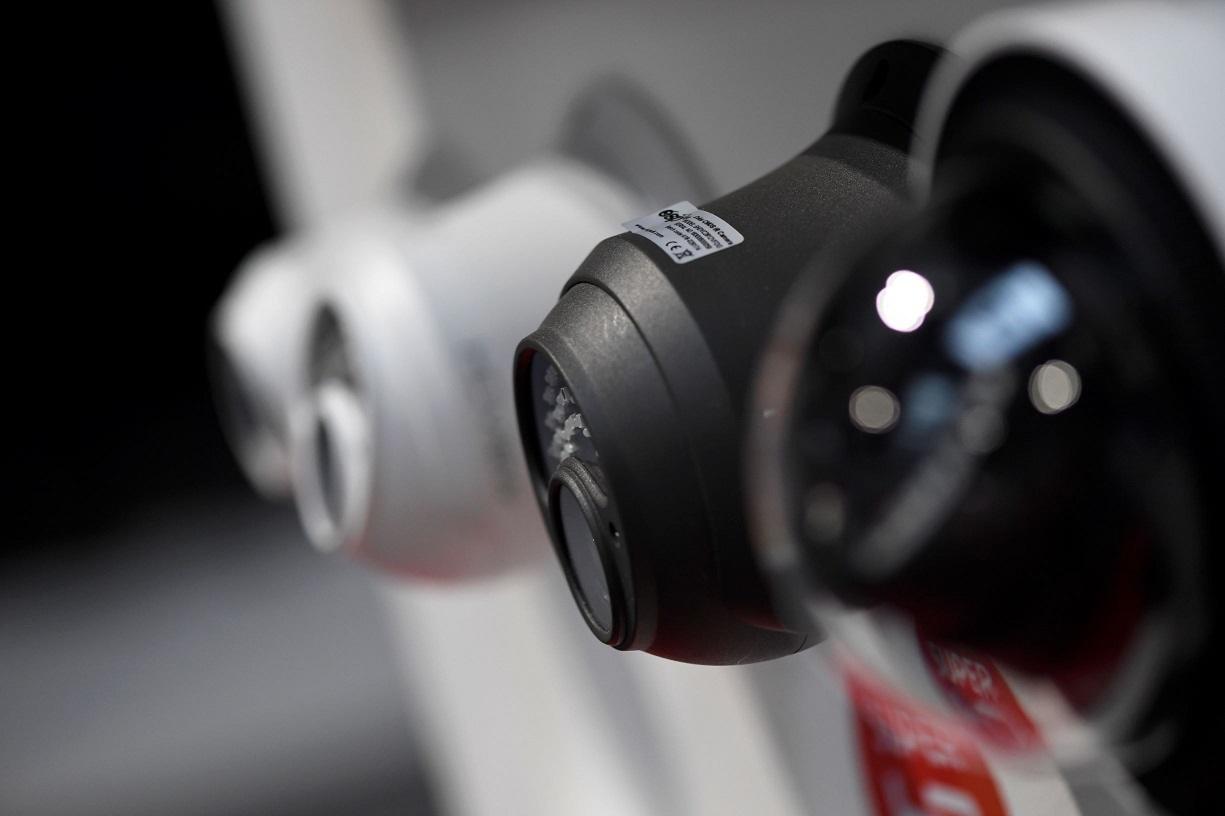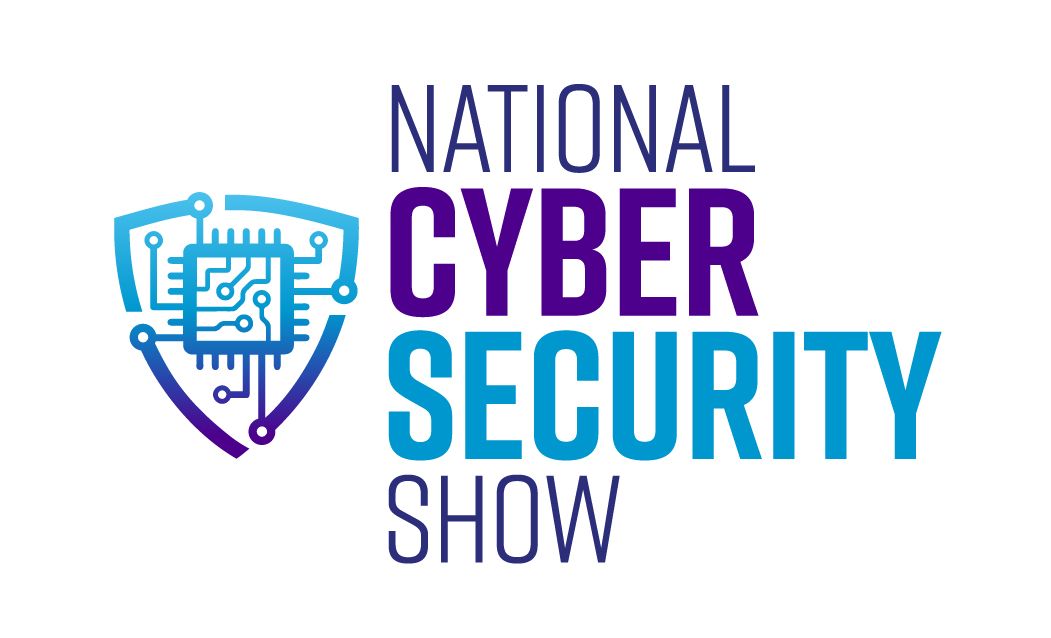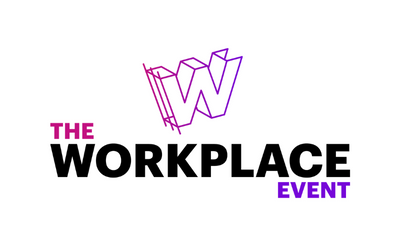How Facilities Managers can help specify entrance security
)
When you think of high security environments such as government offices, police stations and prisons, you expect robust physical entrance security to be in place. Increasingly though, other types of buildings – such as educational facilities, offices and even gyms – are looking for ways to monitor and control who has access to their premises.
This has meant greater involvement from Facilities and Estates Managers in ensuring the most suitable solution is specified. And it’s no longer just about the security. Advancing technology has opened new possibilities, from touchless, biometric identification through to integration with other smart building management systems, which allow for non-security benefits such as adjustment to heat and light based on building occupancy.
With so many possibilities, Facilities Managers can play a key role in helping architectural specifiers choose the right type of entrance control system. So, what do you need to consider?
Tony Smith, Major Accounts and Marketing Manager at Integrated Design Limited (IDL), explains.
Core security considerations
For many buildings, the requirement for entrance control begins with identifying a need to improve security. Different buildings require different levels of security, with needs that can range from quite basic monitoring and control of who can progress beyond the main lobby, to different areas of a building requiring different access permissions to provide an additional layer of security to more sensitive areas, such as a server room or executive suite.
Facilities Managers are generally responsible for everything to do with the physical infrastructure of a building, so in this role you are key to understanding what the security requirements are and can help guide the specification process.
Start by considering the level and nature of the security risks you expect for your building early. Once you’ve identified the key risks you wish to mitigate, you can investigate the solutions available, and also consider the additional benefits that integrated systems can bring in terms of efficient building management.
Smart integrations deliver building efficiencies
The growth of building automation and integrated systems is delivering a variety of benefits for Facilities Managers - from providing intelligence to help lower utility costs to delivering insights around maximising operational efficiencies. Integrating entrance control allows the systems to do so much more than simply allowing/denying access.
With the right integrations, Facilities Managers can analyse who is in a building, and where, at any given point. This information can be used to aid decision making around how to handle peak/off peak times of use, and also ensure that a building runs as efficiently as possible. This is particularly relevant for a multi-tenanted building, and it was the case for 77 Coleman Street - BNP Paribas’ luxury multi-tenant office located in the City of London.
This highly connected building is one of only a few in the UK to boast a platinum connectivity rating by WiredScore, the official Mayor of London’s Digital Connectivity Rating Scheme. With this in mind – and with the building being accessed by over 2,000 regular users across seven floors – it was crucial that the entrance security provided a seamless user experience.
Fastlane’s Glassgate 250 turnstiles were integrating with a range of third-party technologies, including the lift system, which calculates the most efficient journey to the user’s designated floor, helping to manage the flow of people at peak times.
In another case - the University of Birmingham’s new Sport and Fitness Centre - the primary requirement was to ensure that only authorised users were granted access to the appropriate areas of the new facility but, they also needed a system that could provide accurate usage data. By analysing this data, the centre has been able to create sophisticated membership offerings to optimise centre use.
Balancing intelligence and elegance
Those specifying such systems must of course balance security requirements with efficient throughput and the need for aesthetically pleasing, open and welcoming spaces. At 77 Coleman Street, the bespoke finish of the turnstiles installed complemented the architect’s overall vision for the building.
Another project where the look of the entrance control solution was key was MidCity Place, an architecturally striking office building in Holborn, London that recently underwent a comprehensive refurbishment.
The landlord sought to upgrade the building’s existing entrance control system which had become costly to maintain and run. They were also looking to refresh the whole look of the communal reception area utilising the latest security technology.
Prior to specifying our Glassgate 150 turnstiles and a Passgate 300, we used a 3D modelling camera to create renders of how the sleek turnstiles would look in situ, enabling the client to see the size and style of the turnstiles, before committing to the solution.
Total cost of ownership
Budget is, of course, also a key consideration. Facilities Managers should consider the long-term cost and value of any product specified not just the upfront purchase price, thinking about running costs and maintenance requirements, for example.
The total cost of ownership is a metric that measures the amount of money spent on acquiring any asset. This is based not only on the purchase price but also the cost of running that asset over a period of time, taking added value into account too.
For the building management team at a 31 storey multi-tenanted building in Chicago, reducing costs while still maintaining the integrity of the building security was a key factor in their decision to install the Fastlane Glassgate 200. This decision resulted not only in a faster throughput but, by calculating the savings from removing security officers alone, there has been a 262% return on their investment after only 5 years.
Every product in the Fastlane range is considered low power, typically consuming just 337 kW hours per annum. They’re also extremely long lasting. We hear stories, such as the one where our Japanese distributor was made aware of a premises in Tokyo that had had Fastlane turnstiles installed for over 12 years, without any maintenance – as far as we could tell - and they were still working perfectly. Not an ideal situation but nice to know that the turnstiles were still doing their job, and the client was enjoying long term value.
To find out more about our products, please contact our team on +44 (0)208 890 5550 or info@fastlane-turnstiles.com.







